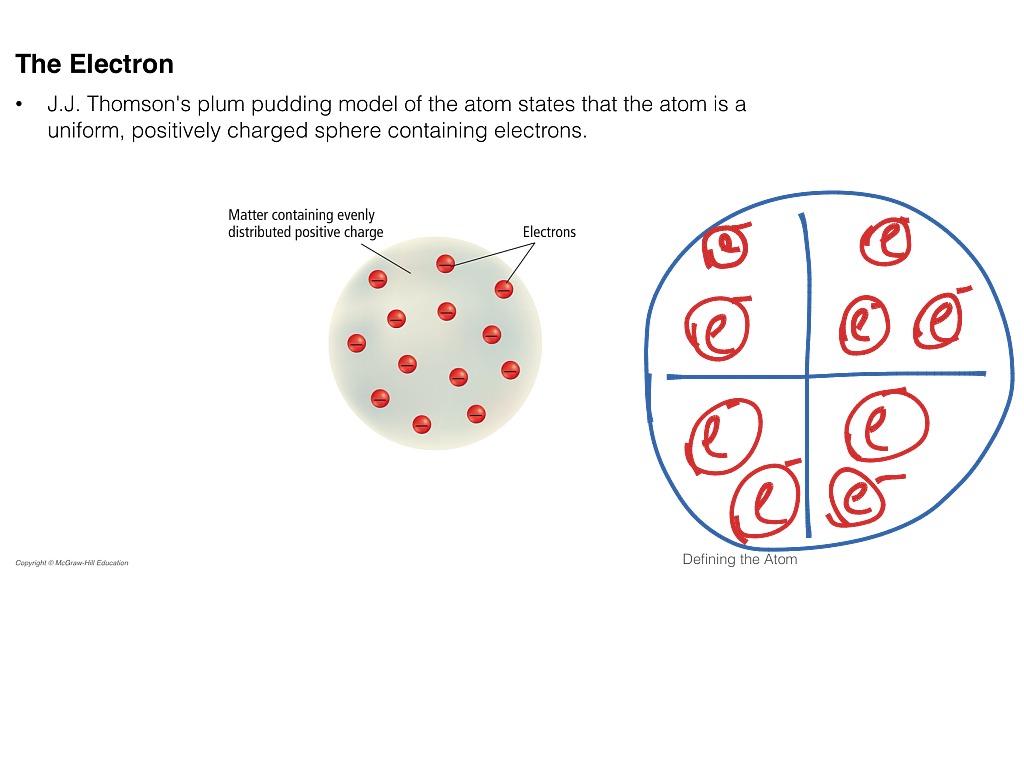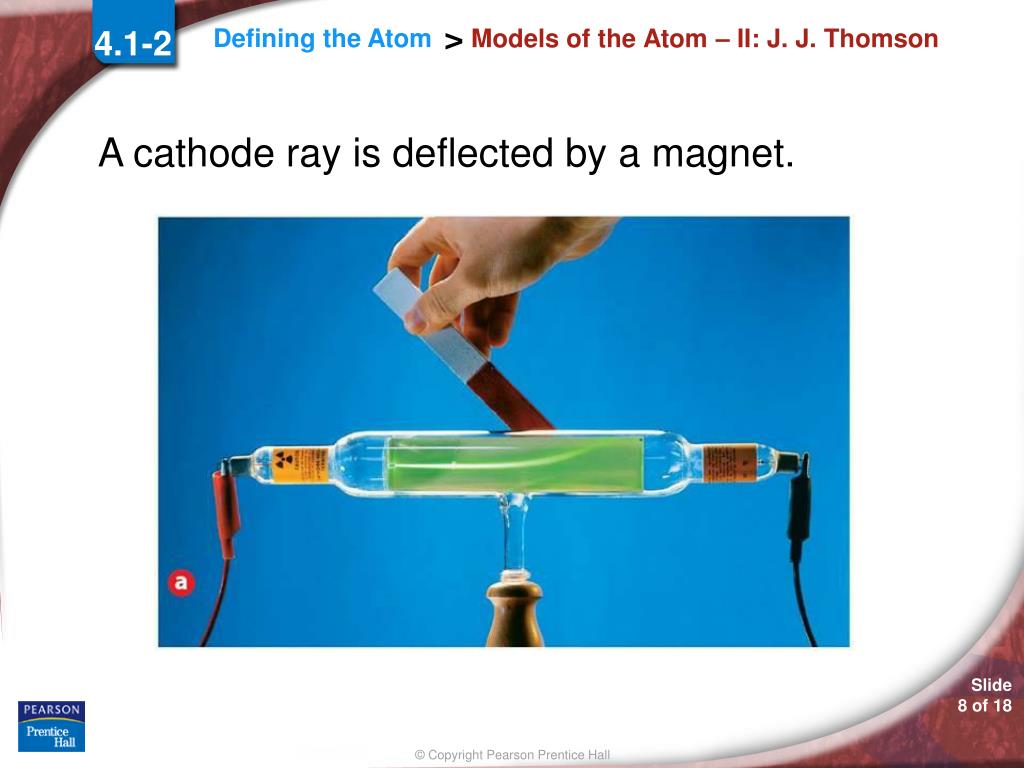

Goldstein found that these, when exposed to the cathode rays, changed color, the change, according to E. In some cases this change is marked by a change in the color of the substance, as in the case of the chlorides of the alkaline metals. In the first place, when these rays fall on a substance they produce changes physical or chemical in the nature of the substance. I shall confine myself this evening to endeavoring to give an account of some of the more recent investigations which have been made on the cathode rays. Recently a great renewal of interest in these rays has taken place, owing to the remarkable properties possessed by an offsprings of theirs, for the cathode rays are the parents of the Röntgen rays. Crookes, whose experiments, by their beauty and importance, attracted the attention of all physicists to this subject, and who not only greatly increased our knowledge of the properties of the rays, but by his application of them to radiant matter spectroscopy has rendered them most important agents in chemical research. The physicist, however, who did more than any one else to direct attention to these rays was Mr.

Goldstein seems to have been the first to advance the theory, which has attained a good deal of prevalence in Germany, that these cathode rays are transversal vibrations in the ether. If the cathode were replaced by a luminous disk of the same size, this disk would not cast a shadow of a small object placed near it, for though the object might intercept the rays which came out normally from the disk, yet enough light would be given out sideways from other parts of the disk to prevent the shadow being at all well marked. This was a very important observation, for it showed that the rays casting the shadow came in a definite direction from the cathode. This observation was extended by Goldstein, who found that a well marked, though not very sharply defined, shadow was cast by a small body placed near a cathode of considerable area. The subject was next taken up by Plücker’s pupil, Hittorf, who greatly extended our knowledge of the subject, and to whom we owe the observation that a solid body placed between a pointed cathode and the walls of the tube cast a well defined shadow. Plücker ascribed these phosphorescent patches to currents of electricity which went from the cathode to the walls of the tube and then for some reason or other retraced their steps. Plücker, who had made a very minute study of the effect of a magnetic field on the ordinary discharge which stretches from one terminal to the other, distinguished the discharge which produced the green phosphorescence from the ordinary discharge by the difference in its behavior when in a magnetic field. He owed the opportunity to do this to his fellow-townsman Geissler, who first made such vacua attainable. Plücker was the first physicist to make experiments on the discharge through a tube in a state anything approaching what we should now call a high vacuum. Everett who helped to greatly increase Thomson's experimental range.The first observer to leave any record of what are now known as the cathode rays seems to have been Plücker, who in 1859 observed the now well-known green phosphorescence on the glass in the neighborhood of the negative electrode. About 1894 he acquired an excellent glassblower named E. He was very fumble fingered and had a tendancy to break things. Incidently, Thomson was a very unhandy person. The amount the cathode ray bent from the straight line using either the electric field or the magnetic field allowed Thomson to calculate the e/m ratio. This allowed him to use either electrical or magnetic or a combination of both to cause the cathode ray to bend.

Thomson also could use magnets, which were placed on either side of the straight portion of the tube just to the right of the electrical plates. The two plates about midway in the CRT were connected to a powerful electric battery thereby creating a strong electrical field through which the cathode rays passed. The long glass finger (in the photo) projecting downward from the right-hand globe is where the entire tube was evacuated down to as good as a vacuum as could be produced, then sealed. Thomson in 1897 announcing the discovery of the electron. Th diagram below appeared in an article by J.J. It is about one meter in length and was made entirely by hand. The image below of a CRT used by Thomson in his experiments. Only the end of the CRT can be seen to the right-hand side of the picture. Thomson and a cathode ray tube from around 1897, the year he announced the discovery of the electron. Thomson used results from cathode ray tube (commonly abbreviated CRT) experiments to discover the electron.


 0 kommentar(er)
0 kommentar(er)
